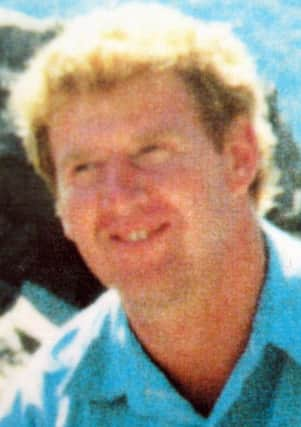Fear anonymity plea may hold up inquest


Sam Marshall, 31, was gunned down minutes after he left the Lurgan RUC Station on March 7 1990. The former prisoner was with his brother-in-law Tony McCaughey and high-profile dissident republican Colin Duffy when they were targeted at Kilmaine Street.
Barrister Fiona Doherty, representing the victim’s family, said there were concerns that applications for public interest immunity (PII) could cause further delay.
Advertisement
Advertisement
“Because of the vintage of this case my clients are keen to get things moving. It seems this is a case where PII could feature. I am slightly concerned that the position does not become in this case, as it has in other cases, that access to the minister for a certificate holds matters up significantly,” she said.
A preliminary hearing at Mays Chambers in Belfast also heard that the Ministry of Defence (MoD) was still collating thousands of pages of material relating to the shooting. Ms Doherty added: “I appreciate that until material is collated fully it may not be possible to finally go to the minister but that should be a work in progress rather than waiting for the entirety of the material and then waiting for the availability of the minister.”
An estimated 12 lever arch files of evidence, each containing around 500 pages, have been gathered to date.
Mark Robinson, barrister for the MoD and Police Service of Northern Ireland (PSNI), said they hoped to have non-sensitive material ready for disclosure by the end of this year. “Given the demands of other inquests I am instructed that documentation and material will be collated by the end of 2013 or early 2014,” said Mr Robinson.
Advertisement
Advertisement
Marshall, McCaughey and Duffy were all known to the security forces at the time of the murder.
An investigation by the Historical Enquiries Team (HET) found that at least eight undercover soldiers were deployed near the scene of the killing, with their commander monitoring from a remote location. The armed military personnel were in six cars including a red Maestro. Two plain-clothed soldiers with camera equipment were in an observation post at the entrance to the police station as the three republicans arrived to sign bail.
Two soldiers followed them on foot as they left and partially witnessed the shooting. The killers’ two guns were never recovered but were linked through ballistic tests to three other murders and an attempted murder. The HET concluded there was no evidence of state collusion with the gunmen and that police officers or soldiers had no prior knowledge of the attack.